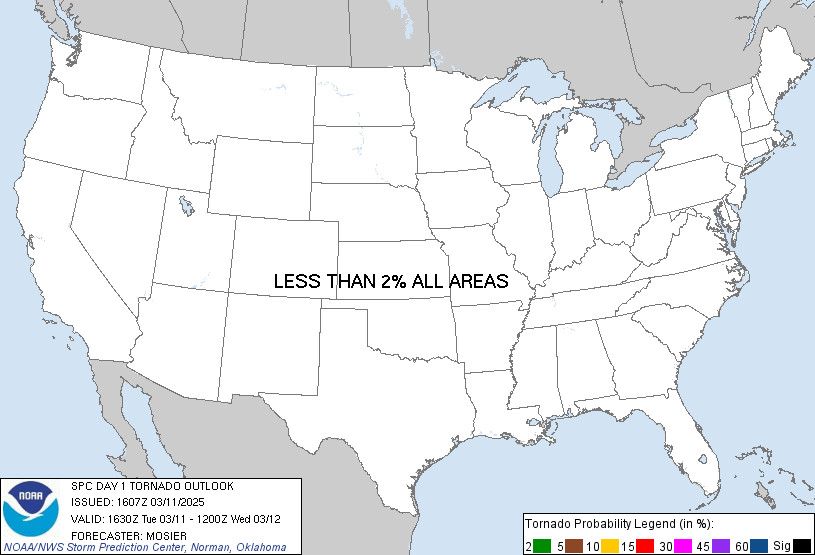Experiencing trouble accessing Jio services? You’re likely wondering, “Is Jio Server Down Today?” It’s a common concern when your internet service becomes unreliable. Let’s explore how to check the status of Jio servers and what steps you can take to troubleshoot potential Jio network outages.
 Default graphic displayed during Jio server status check, indicating a potential network outage or website downtime. Check if Jio is down today.
Default graphic displayed during Jio server status check, indicating a potential network outage or website downtime. Check if Jio is down today.
First, to determine if Jio is indeed down, you can use online server status checking tools. These tools ping the Jio website (jio.com) and related servers to see if they are responding. A slow response time or no response at all can indicate a problem, possibly a Jio server outage. Historically, fluctuations in response times, as seen in server status history logs, can be normal, but consistently high ping times or complete lack of response often point to a server issue.
If a server status check indicates Jio might be down, or if you are facing issues like slow loading times, or inability to connect, there are several troubleshooting steps you can try before concluding there’s a widespread Jio server down problem today.
Start with a simple browser refresh. Sometimes, the issue is just with your browser’s cached version of the website. Pressing CTRL + F5 (or Command + Shift + R on Mac) forces a full refresh, bypassing the cache and loading the most recent version of the page.
Clearing your browser’s cache and cookies is another essential step. Outdated cached files or corrupted cookies can interfere with website loading. You can usually find options to clear cache and cookies in your browser’s settings or history menu.
DNS (Domain Name System) problems can also prevent you from accessing websites, even if the server isn’t actually down. DNS translates website names (like jio.com) into IP addresses that computers understand. Flushing your local DNS cache can resolve issues related to outdated DNS information. On Windows, you can do this by opening Command Prompt and typing ipconfig /flushdns.
Consider using alternative DNS servers like Google Public DNS or OpenDNS. These are reliable and free DNS services that can sometimes provide a more stable connection than your default ISP’s DNS. Changing your DNS settings can be done in your operating system’s network settings.
If you can access other websites normally, but Jio services are still unavailable, it’s more likely that the problem is specifically with Jio’s servers or your connection to them. Possible reasons for Jio server downtime can include:
- Server Overload: High traffic volume can overwhelm Jio servers, leading to slow response times or outages.
- Network Issues: Problems within Jio’s network infrastructure can cause disruptions.
- Scheduled Maintenance: Jio might take servers offline for planned maintenance, although they usually try to minimize disruption.
- Unplanned Outages: Unexpected technical issues can sometimes cause server outages.
While checking server status tools is helpful, also consider looking for reports from other Jio users online. Social media or online forums can provide real-time information about whether others are also experiencing Jio server down issues today.
By following these steps, you can effectively troubleshoot and determine if the issue is on your end or if there is a broader Jio server outage today.

